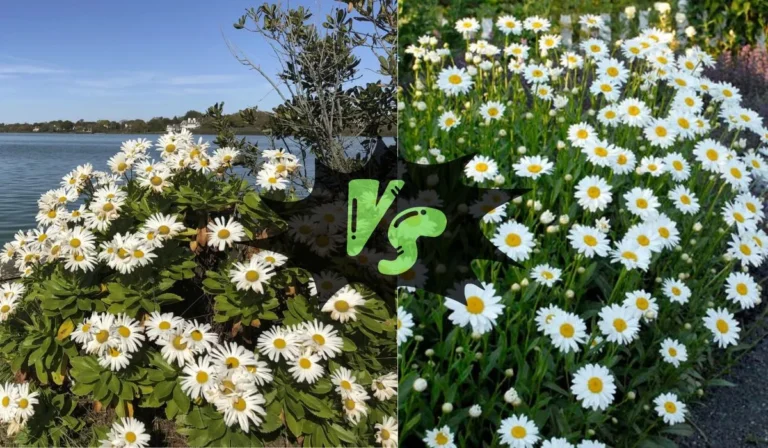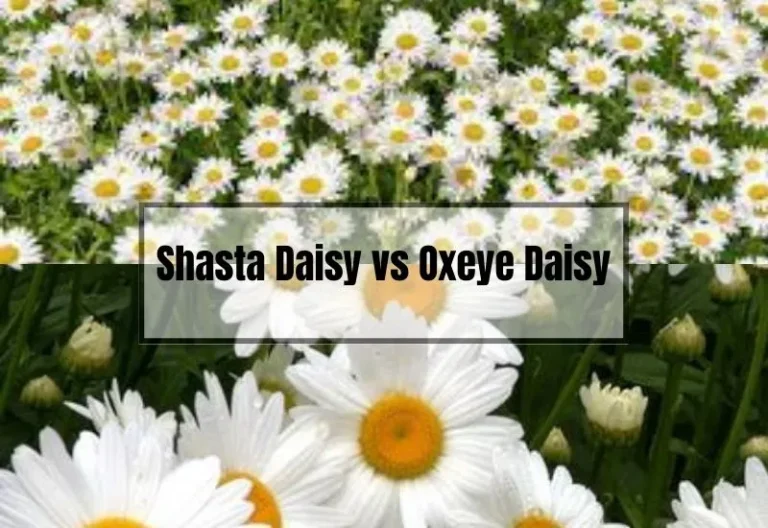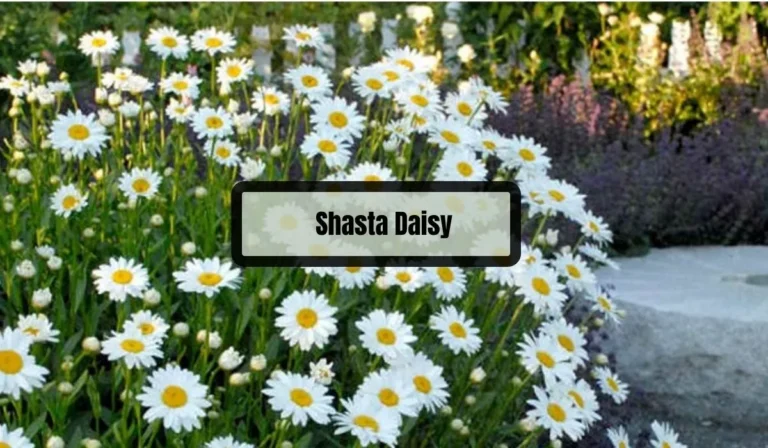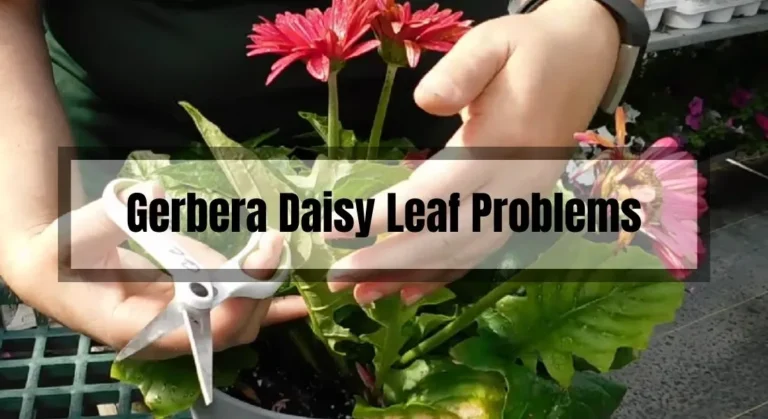The Battle of Daisies vs. Tulips: Who Wins the Garden Crown?
From Louise: Passionate about gardening, I specialize in plant care and flower knowledge. I’m here to share my expertise and assist with your gardening queries. Feel free to ask any questions or seek advice on lawn care—I’ll respond within 24 hours!
Having trouble choosing between daisies and tulips for your garden? Both are beautiful flowers that can add color and charm. Let’s discuss their key differences.
Daisies grow 2 to 3 feet tall in clumps with white or yellow, multi-petaled flowers on green stems. Tulips are typically 14 inches tall but can reach 2 feet, with a variety of colors and cup-shaped blooms. If you prefer a taller plant with more color options, go for tulips. For a classic look and smaller size, choose daisies.
In this article, we’ll explore the differences in care, symbolism, and more, helping you decide which flower suits your garden best.

Daisies vs. Tulips
Are you looking to add some color and charm to your garden? Daisies and tulips are both popular choices, but which one is right for you? In this section, we’ll compare the characteristics of daisies and tulips to help you make an informed decision.
Characteristics of Daisies
Daisies are a type of flowering plant that belong to the family Asteraceae. Here are some key characteristics of daisies:
- Appearance: Daisies have white or yellow, multi-petaled flowers that sit atop green stems with thin, lance-shaped leaves. They grow in clumps that can reach 2 to 3 feet tall and wide.
- Hardiness: Daisies are hardy plants that can grow in a variety of conditions. They prefer full sun but can tolerate some shade.
- Care: Daisies are relatively low maintenance. They require regular watering and occasional fertilization. Deadheading (removing spent flowers) can encourage more blooms.
Some popular species of daisies include the Marguerite Daisy, Shasta Daisy, and Oxeye Daisy. Each species has its own unique characteristics, so be sure to choose the one that’s right for your garden.
Characteristics of Tulips
Tulips are a type of bulbous perennial that belong to the family Liliaceae. Here are some key characteristics of tulips:
- Appearance: Tulips have large, cup-shaped flowers that come in a wide range of colors, including red, pink, orange, white, yellow, and bicolors. They grow on stems that can reach up to 2 feet tall.
- Hardiness: Tulips are hardy plants that can grow in a variety of conditions. They prefer full sun but can tolerate some shade.
- Care: Tulips require a bit more care than daisies. They need well-draining soil and regular watering. After the flowers have bloomed, it’s important to let the foliage die back naturally to allow the bulb to store energy for next year’s growth.
Some popular types of tulips include the Triumph Tulip, Parrot Tulip, and Darwin Hybrid Tulip. Each type has its own unique characteristics, so be sure to choose the one that’s right for your garden.
Comparing Daisies and Tulips
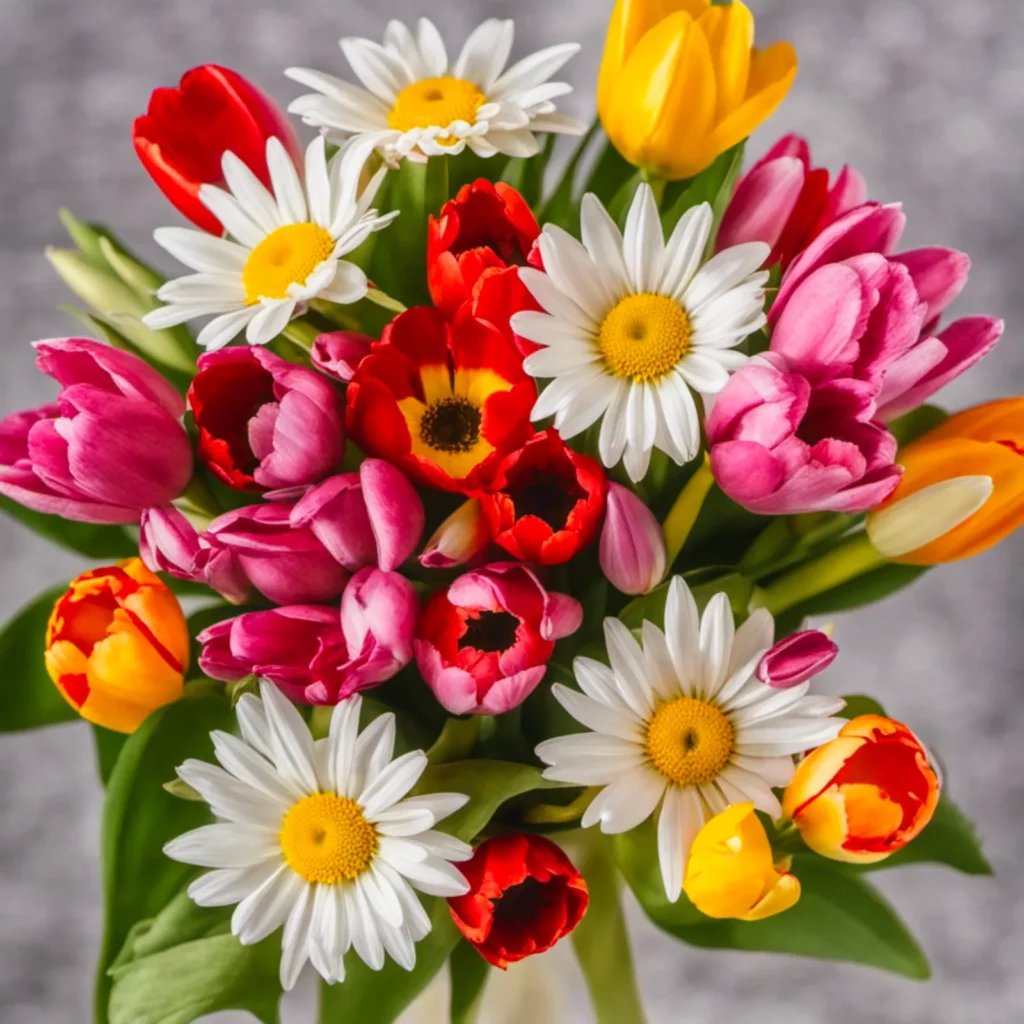
Are you having trouble deciding between daisies and tulips for your garden? Both are beautiful flowers that can add a touch of elegance to any garden. Here are some key differences to help you make the right choice.
Appearance
Daisies grow in clumps 2 to 3 feet tall and wide. They have white or yellow, multi-petaled flowers that appear atop green stems with thin, lance-shaped leaves. Tulips, on the other hand, rarely grow taller than 14 inches and 6 inches wide, although a few varieties grow 2 feet tall.
They have large, cup-shaped flowers with bright, vibrant colors such as purple, red, cream, yellow, salmon, pink, white, violet, lilac, orange, brown, maroon, dark purple, dark red, and even black.
Care and Maintenance
Daisies are relatively easy to care for and maintain. They prefer full sun and well-draining soil. They need to be watered regularly, especially during dry spells. Deadheading is recommended to promote continuous blooming. Tulips, on the other hand, require a bit more care and attention.
They prefer well-draining soil and a sunny location. They need to be watered regularly, especially during the growing season. Deadheading is also recommended to promote continuous blooming. In addition, tulip bulbs should be dug up and stored in a cool, dry place during the winter months.
Longevity
Daisies are perennials, which means they come back year after year. They can live for several years if they are properly cared for.
Tulips, on the other hand, are usually grown as annuals or biennials. They can be grown as perennials, but they require special care and attention to survive the winter months.
Uses
Daisies are often used in flower arrangements and bouquets. They are also used in herbal remedies and teas. Tulips are often used as cut flowers and in flower arrangements. They are also used in landscaping and as a symbol of love and affection.
What are the Different Varieties of Daisies and Tulips?
Daisies and tulips are two of the most popular flowers around the world. They come in different varieties, each with its unique characteristics and requirements. Here are some of the most common types of daisies and tulips you can choose from:
Daisies
Shasta Daisy
Shasta daisies are one of the most common types of daisies. They have large white petals surrounding a yellow center. They bloom in summer and grow up to 3 feet tall. Shasta daisies prefer full sun and well-drained soil.
Oxeye Daisy
Oxeye daisies are wildflowers that grow in meadows and along roadsides. They have white petals with a yellow center and bloom in late spring and early summer. Oxeye daisies prefer full sun and moist soil.
Gerbera Daisy
Gerbera daisies are popular for their bright colors and large blooms. They come in a range of colors, including pink, red, orange, and yellow. Gerbera daisies prefer full sun and well-drained soil.
Tulips
Single Early Tulip
Single early tulips are one of the first tulips to bloom in spring. They have a single layer of petals and come in a range of colors, including red, yellow, pink, and white. Single early tulips prefer full sun and well-drained soil.
Double Late Tulip
Double late tulips have large, peony-like blooms and come in a range of colors, including pink, red, and yellow. They bloom in late spring and prefer full sun and well-drained soil.
Parrot Tulip
Parrot tulips have unique, frilly petals that resemble a parrot’s feathers. They come in a range of colors, including pink, red, and purple. Parrot tulips prefer full sun and well-drained soil.
Choosing the right variety of daisy or tulip for your garden depends on your personal preferences and the growing conditions in your area. Consider the bloom time, color, and size of the flower when making your choice. With the right care and attention, both daisies and tulips can add beauty and color to your garden.
How to Care for Daisies and Tulips?
Taking care of your daisies and tulips is essential to ensure that they bloom beautifully and healthily. Here are some tips to help you care for your flowers:
Daisies
Watering: Daisies require regular watering during hot, dry weather. Experts recommend giving daisies 1 to 2 inches of water at the base of the plant each week during the growing season, and switching to every other week during the winter. Traditionally, daisies are good at telling you they need water; they look wilted—that’s when to water them.
Fertilizing: Daisies don’t need annual fertilizer applications unless growth lags. However, if you want to fertilize them, use a balanced fertilizer once a month during the growing season.
Pruning: Deadheading your daisies by removing spent blooms will encourage more blooms to form. You can also pinch back the tips of the stems to encourage bushier growth.
Tulips
Watering: Tulips don’t need much water, especially after they have finished blooming. Overwatering can cause the bulbs to rot. Water them only when the soil is dry to the touch.
Fertilizing: Tulips need to be fertilized once a year, preferably in the fall after the leaves have died back. Use a low-nitrogen fertilizer and apply it at the rate recommended on the package.
Pruning: After your tulips have finished blooming, allow the foliage to die back naturally. Don’t cut it back until it has turned yellow and withered. This allows the bulb to store energy for next year’s growth.
General Tips
Sunlight: Both daisies and tulips grow best in full sun. Make sure they get at least six hours of direct sunlight each day.
Soil: Daisies and tulips prefer well-drained soil. If your soil is heavy or clay-like, amend it with compost or sand to improve drainage.
Pests and Diseases: Both daisies and tulips are susceptible to pests and diseases. Keep an eye out for aphids, spider mites, and fungal diseases like powdery mildew. Treat any problems promptly to prevent them from spreading.
Caring for your daisies and tulips may seem like a daunting task, but it’s actually quite simple. With a little attention and care, your flowers will reward you with beautiful blooms year after year.
When is the Best Time to Plant Daisies and Tulips?
Planting daisies and tulips at the right time is crucial for their growth and development. Here’s what you need to know about when to plant these beautiful flowers.
Daisies
Daisies are typically planted in the spring or fall. Planting in the spring allows them to establish roots before the hot summer months, while planting in the fall allows them to take advantage of the cooler temperatures and ample rainfall.
If you live in a dry climate, daisies can still thrive as they are drought-tolerant. However, you may need to supplement with extra water during hot summer months. In a temperate climate, daisies can do really well.
Tulips
Tulips are typically planted in the fall, about six weeks before the ground freezes or the first hard frost in your area. This allows them to establish roots before the winter and bloom in the spring.
Tulips require a chilling time of 10 to 14 weeks to bloom well, so they tend to grow best in USDA Hardiness zones 3 to 7. In warmer regions, such as zone 8, giant Darwin hybrids tend to do better than many other types.
When planting tulips, make sure to choose a location with well-draining soil and full sun. Avoid planting in areas with standing water or where the soil is too wet.
Uses of Daisies and Tulips
In Gardens and Landscapes
- Daisies are fantastic for that laid-back, free-spirited garden vibe. They’ll mix well with other flowers and happily fill up your garden beds.
- Tulips, on the other hand, make a bold statement. They’re perfect for adding a touch of drama and color. Plant them in large groups for a stunning spring display.
In Floral Arrangements
- The long-lasting cut Daisies are fabulous in bouquets or vases. They bring a sunny disposition to any floral arrangement. Also, their longevity? Quite impressive.
- Tulips, in their variety of colors, are a fantastic choice for an eye-catching bouquet. They’re like the star performer that brings an elegant touch to any floral ensemble.
In Cultural and Symbolic Contexts
- The humble Daisy, in its purity and innocence, often represents childhood, new beginnings, or eternal love in different cultures.
- The Tulip, with its various colors and forms, carries a range of meanings, from perfect love to rebirth. No wonder it’s a popular pick for celebrations and remembrances.
Frequently Asked Questions (FAQs)
How long do Daisies and Tulips bloom?
Daisies are the marathon runners, blooming from early summer right into fall. Tulips? More of a sprinter, dazzling us from late March to May.
Are Daisies and Tulips perennial?
Yep, both Daisies and Tulips are perennials, which means they can grace your garden year after year. Though, some Tulip varieties might act more like annuals, so choose wisely!
Can Daisies and Tulips grow in pots?
Absolutely! Just make sure you’re giving them a well-draining pot and plenty of sun, and they’ll be as happy as can be.
Can daisies and tulips be grown together?
Yes, daisies and tulips can be grown together. They have similar soil and sunlight requirements, so they can be planted in the same garden bed. However, it’s important to make sure that the tulips are planted deep enough so that they don’t interfere with the daisy roots.
Conclusion
There you have it! We’ve journeyed through the world of Daisies and Tulips, each with their charm and quirks. Whether you’re leaning towards the free-spirited Daisy or the sophisticated Tulip, remember, gardening is about joy and the adventure of growth. So, why not both? After all, variety is the spice of life, or in this case, the garden!
As for me, I’m off to some more botanical exploration. And remember, no matter the flower you choose, as long as you tend to it with love, it will blossom in its own special way. Happy gardening!
Related Posts:

